Abstract:
This research paper aims to explore the laws of motion proposed by Kaṇāda, an ancient Vedic philosopher who is believed to have lived around the 6th century BCE. The paper will compare his laws of motion with Sir Isaac Newton’s classical laws of motion (1643-1727). Despite the widespread recognition of Newton’s laws in the Western scientific tradition, Kaṇāda’s contributions to the understanding of motion are often overlooked. Therefore, by delving into Kaṇāda’s propositions and laws, this paper will bring attention to the parallels and distinctions between these two perspectives on motion.
Introduction:
The laws of motion, which were articulated by Sir Isaac Newton, are considered fundamental principles in classical physics. However, during the ancient Vedic period, the philosopher Kaṇāda created his own set of laws, which offered a unique perspective on the nature of motion. This paper aims to study Kaṇāda’s propositions and laws, comparing them with Newton’s laws and uncovering potential insights that arise from this comparative analysis.
Kaṇāda’s laws, as outlined, provide a distinctive and insightful perspective on the nature of motion, offering a philosophical foundation that predates Newton’s classical laws. In this paper, we will explore the key propositions and laws proposed by Kaṇāda, examine their implications, and draw connections to Newtonian principles.
Kaṇāda’s Laws of Motion:
It is important to have a basic understanding of Newton’s laws of motion, which are the following: 1) An object in motion stays in motion or an object at rest stays at rest unless acted on by a force; 2) Force is equal to the product of an object’s mass and acceleration; and 3) Every action has an equal and opposite reaction. However, Newton did not provide a detailed explanation of the concepts of space and time, leaving them as absolute. In contrast, Kaṇāda’s propositions are noteworthy for their minimal assumptions and profound insights.
To illustrate the remarkable brilliance of Kaṇāda’s vision, we will highlight some of his propositions that showcase his system. We will then present the sutras that elaborate on the physical laws of motion. Notably, Kaṇāda’s postulation of perpetual motion within atoms enables him to differentiate between an object’s internal and external motions. This differentiation sets the stage for an exploration of Kaṇāda’s laws and provides a unique perspective on motion with minimal foundational assumptions.
Kaṇāda’s Propositions:
Proposition 1 – (कर्मं कर्मसाध्यं न विद्यते॥१।१।११॥) From motion, [new] motion is not known (1.1.11)
Kaṇāda posits that motion does not spontaneously generate new motion. This aligns with Newton’s first law, emphasizing the persistence of an object’s state of rest or motion in the absence of external forces.
Proposition 2 – (कारणाभावात्कार्याभावः ॥१।२।१॥) In the absence of cause, effect is absent [motion] (1.2.1)
This proposition reflects the idea that motion requires a cause, paralleling Newton’s understanding that a force is necessary to induce a change in an object’s motion.
Proposition 3 – (सामान्यं विशेष इति बुद्ध्यपेक्षम् ॥१।२।३॥ ) The properties of universal and particular are ascertained by the mind (1.2.3)
Kaṇāda acknowledges the role of the mind in understanding universal and particular properties, offering a perspective on perception and cognition in the study of motion.
Proposition 4 – (सदिति यतोद्रव्यगुणकर्मसु सा सत्ता ॥१।२।७॥) Existence is [self-defined]. [Thus] substance, attribute, and motion are potential (sattā) (1.2.7)
Kaṇāda introduces the concept that existence defines itself, suggesting that substance, attributes, and motion possess inherent potentialities. This resonates with the idea of potential energy in Newtonian physics.
Proposition 5 – (सदकारणवन्नित्यम् ॥४।१।१॥) Existence is uncaused and eternal (nitya) (4.1.1)
Kaṇāda’s proposition on the eternal and uncaused nature of existence aligns with certain aspects of Newton’s laws, particularly the conservation of energy and motion.
Now, turning our attention to Kaṇāda’s Laws of Motion, these principles provide a distinctive lens through which we can understand the dynamics of motion. Kaṇāda’s laws, grounded in his minimalistic assumptions, offer a profound perspective on the intricate interplay between forces and objects. In the upcoming sections, I will elucidate specific propositions that encapsulate Kaṇāda’s laws, shedding light on their significance in comprehending motion and further illustrating the brilliance of his visionary contributions.
Law 1 – (संयोगाभावे गुरुत्वात् पतनम् ॥५।१।७॥) In the absence of conjunction, gravity [causes objects to] fall (5.1.7)
Newton’s law echoes Kaṇāda’s law of gravity, asserting that in the absence of external forces or conjunction, objects experience gravitational descent. This aligns with Newton’s law of inertia.
Gravity and Falling: Kaṇāda’s first law states, “In the absence of conjunction, gravity [causes objects to] fall” (5.1.7). This echoes Newton’s law of inertia, suggesting that in the absence of external forces, objects tend to remain in their state of rest or motion.
Law 2a – (नोदनविशेषाभावान्नोर्ध्वं न तिर्य्यग्गमनम् ॥५।१।८॥ ) In the absence of a force, there is no upward motion, sideward motion, or motion in general (5.1.8)
Kaṇāda’s second law addresses the absence of force leading to a lack of motion in various directions. While this partially aligns with Newton’s first law, it emphasizes potentiality.
Law 2b – (नोदनादाद्यमिषोः कर्म तत्कर्मकारिताच्च संस्कारादुत्तरं तथोत्तरमुत्तरञच् ॥५।१।१७॥) The initial pressure [on the bow] leads to the arrow’s motion, momentum, and subsequent motion (5.1.17)
Kaṇāda introduces the idea of momentum resulting from an initial force, akin to Newton’s second law, highlighting the connection between force, motion, and subsequent actions.
Absence of Force and Motion: Kaṇāda’s second law consists of two parts. The first part (5.1.8) indicates that in the absence of a force, there is no upward, sideward, or general motion. The second part (5.1.17) describes how initial pressure leads to motion, akin to the concept of force causing acceleration in Newton’s second law.
Law 3 – (कार्य्यविरोधि कर्म ॥१।१।१४॥ ) Action (kārya) is opposed by reaction (karman) (1.1.14)
Kaṇāda’s third law mirrors Newton’s third law, asserting that every action is met with an equal and opposite reaction, emphasizing the conservation of momentum.
Action and Reaction: Kaṇāda’s third law asserts, “Action (kārya) is opposed by reaction (Karman)” (1.1.14), mirroring Newton’s third law, which states that for every action, there is an equal and opposite reaction.
Kaṇāda’s propositions lay the groundwork for his understanding of motion. The recognition that “From motion, [new] motion is not known” (Proposition 1) introduces the idea of perpetual motion, distinguishing between the internal and outer motions of an object. The absence of cause leading to an absence of effect (Proposition 2) aligns with the concept that motion requires a force, reflecting Newton’s first law.
Overall, Kaṇāda’s propositions and laws lay the groundwork for his understanding of motion, introducing ideas such as perpetual motion, the requirement of a force for motion, and the conservation of momentum.
Comparative Analysis: Kaṇāda’s Laws and Newton’s Laws of Motion
Upon examining the philosophical insights of Kaṇāda who was an ancient Indian philosopher, alongside the classical laws of motion established by Isaac Newton, remarkable parallels emerge highlighting shared principles regarding motion, causation, and reactions.
Kaṇāda’s first law, which states that an object will continue in its state of motion or rest until external forces act upon it, is strikingly similar to Newton’s first law of motion, also known as the law of inertia. Newton’s law dictates that an object at rest will remain at rest, and an object in motion will remain in motion in a straight line unless acted upon by an external force. For instance, Kaṇāda’s concept can be exemplified by the idea that a moving object would continue its motion unless some force, like friction or an external push, is applied.
Kaṇāda’s second law, while lacking an explicit definition of mass, reflects aspects of potential and force leading to motion, reminiscent of Newton’s second law. Newton’s second law states that the force acting on an object is equal to the mass of that object multiplied by its acceleration. While Kaṇāda doesn’t explicitly define mass, the emphasis on potential and force leading to motion aligns with the fundamental idea that the force applied to an object influences its motion. An analogy could be drawn to a bow and arrow: the force applied to the bow (potential) leads to the arrow’s motion.
Kaṇāda’s third law, which states that an equal and opposite reaction opposes action, aligns precisely with Newton’s third law of motion. Newton’s law asserts that for every action, there is an equal and opposite reaction. Kaṇāda’s recognition of the conservation of momentum and the interconnectedness of actions and reactions echoes Newton’s foundational principle. A practical example could be seen in collisions, where the force exerted by one object on another results in an equal force in the opposite direction.
Exploration of Kaṇāda’s Vision:
The works of Kaṇāda, an ancient Indian philosopher, demonstrate a remarkable depth of insight into the nature of motion, force, and causation. Although his exposition lacks an explicit definition of mass, his focus on the potential for motion, perpetual motion in atoms, and the principles governing causation reveal a profound vision that has contributed significantly to scientific thought. In particular, Kaṇāda’s recognition of perpetual motion aligns with the concept of constant motion in Newtonian physics, where objects in motion tend to stay in motion.
Upon closer examination, it becomes clear that Kaṇāda’s insights share striking similarities with Newton’s laws, particularly in their shared perspectives on the persistence of motion, the necessity of causation, and the fundamental principles of action and reaction. While the explicit definition of mass may be absent or obscured in Kaṇāda’s works, the overarching parallels between his ancient Vedic propositions and Newton’s laws underscore the universal nature of the fundamental principles governing motion.
This exploration highlights the profound depth of Kaṇāda’s visionary contributions to scientific thought and emphasizes their enduring relevance across cultural and temporal boundaries. Despite the passage of time, lack of further exploration, or unavailability of certain texts, Kaṇāda’s philosophical insights continue to shed light on the fundamental principles that govern motion, force, and causation.
Persistence of Motion:
Both Newton’s laws of motion and Kaṇāda’s insights on the nature of motion converge on a fundamental idea: the persistence of motion in the absence of external forces. According to Newton’s first law, an object will remain in a state of rest or uniform motion unless acted upon by a net external force. Similarly, Kaṇāda’s recognition of the persistence of motion aligns with this principle, emphasising that objects tend to maintain their current state unless influenced by an external factor. This concept of motion as a persistent force underlies much of our understanding of the physical world, from the movement of celestial bodies to the behaviour of subatomic particles.
Necessity of Causation:
Both Newton’s laws and Kaṇāda’s philosophy share a common understanding of the importance of causation in explaining motion. Newton’s laws, for example, attribute changes in motion to the application of forces, highlighting the causal relationship between force and acceleration. On the other hand, while Kaṇāda’s philosophy does not explicitly define mass, his insights into potential, force, and the resultant motion indicate a deep understanding of causation, where an external force is necessary to initiate or alter the motion of an object. In essence, both frameworks recognise the significance of causation in explaining the motion of physical objects.
Principles of Action and Reaction:
The alignment between Newton’s third law of motion and Kaṇāda’s recognition of action and reaction is a fundamental concept that cannot be overlooked. Newton’s law states that every action has an equal and opposite reaction, and Kaṇāda’s philosophical insights, while lacking specific details on mass, resonate with the concept of equal and opposite reactions, demonstrating a shared understanding of the conservation of momentum and the interplay of forces.
While Kaṇāda’s exposition may have potential gaps or uncertainties or lack proper interpretation of understanding, his focus on perpetual motion within atoms and the principles of potential, force, and causation showcase visionary depth. This exploration emphasizes the timeless relevance of Kaṇāda’s insights, highlighting their significance in the broader landscape of scientific thought.
In conclusion, this comparison between Newton’s laws of motion and Kaṇāda’s philosophical propositions highlights the existence of certain universal principles governing motion. Although there may be gaps in understanding, this comparative analysis emphasizes the enduring relevance of Kaṇāda’s vision, which provides valuable insights into the foundational principles of motion shared across cultural and temporal boundaries.
This comparative analysis demonstrates how Kaṇāda’s philosophical insights continue to be relevant and resonate with Newton’s laws of motion. The similarities observed underline the timeless nature of fundamental principles governing motion, which serves as a testimony to the depth and insight embedded in both ancient Vedic philosophy and classical Western physics.
Kaṇāda’s laws of motion offer a unique perspective on the nature of motion, presenting principles that parallel and, in some aspects, align with Newton’s classical laws. This comparative analysis sheds light on the cross-cultural nature of scientific thought, encouraging a deeper appreciation for the contributions of ancient philosophers like Kaṇāda to our understanding of the physical world.
Reference.
- The Vaiśeṣika Sūtra by Rishi Kanada
- Avinandan Krishna Mandal. Origin of Laws of Motion (Newton’s Law): An Introspective Study, American Journal of Engineering Research (AJER), e-ISSN: 2320-0847 p-ISSN: 2320-0936, Volume-9, Issue-7, pp-87-92
- Subash Kak. Kaṇāda, Great Physicist and Sage of Antiquity
- Newton, I. (1687). Mathematical Principles of Natural Philosophy. Royal Society: London.
- Newton’s Laws of Motion. https://en.wikipedia.org/wiki/Newton%27s_laws_of_motion
- Brahmacari, Srivas Krishna Das. Understanding the Space-Time Continuum-As revealed in Vedic literature: A Comprehensive study on the Theory of Relativity-As revealed in Vedic literature. JF Inc.
Published on: https://www.ijnrd.org/viewpaperforall.php?paper=IJNRD2402321,
| Cite Article: | “Title: Comparative Analysis of Kanada’s Laws of Motion and Newton’s Laws of Motion”, International Journal of Novel Research and Development (www.ijnrd.org), ISSN:2456-4184, Vol.9, Issue 2, page no.d213-d217, February-2024, Available :http://www.ijnrd.org/papers/IJNRD2402321.pdf |
Views: 238

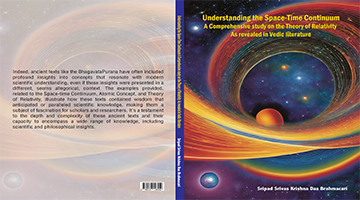
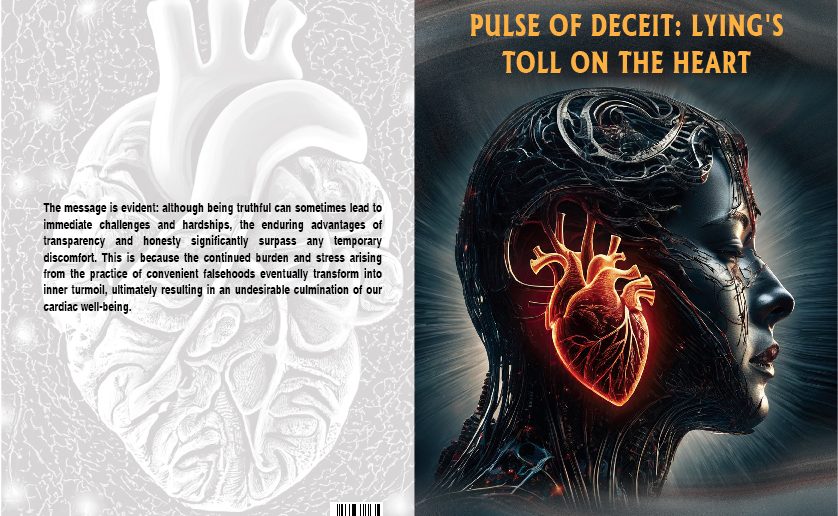
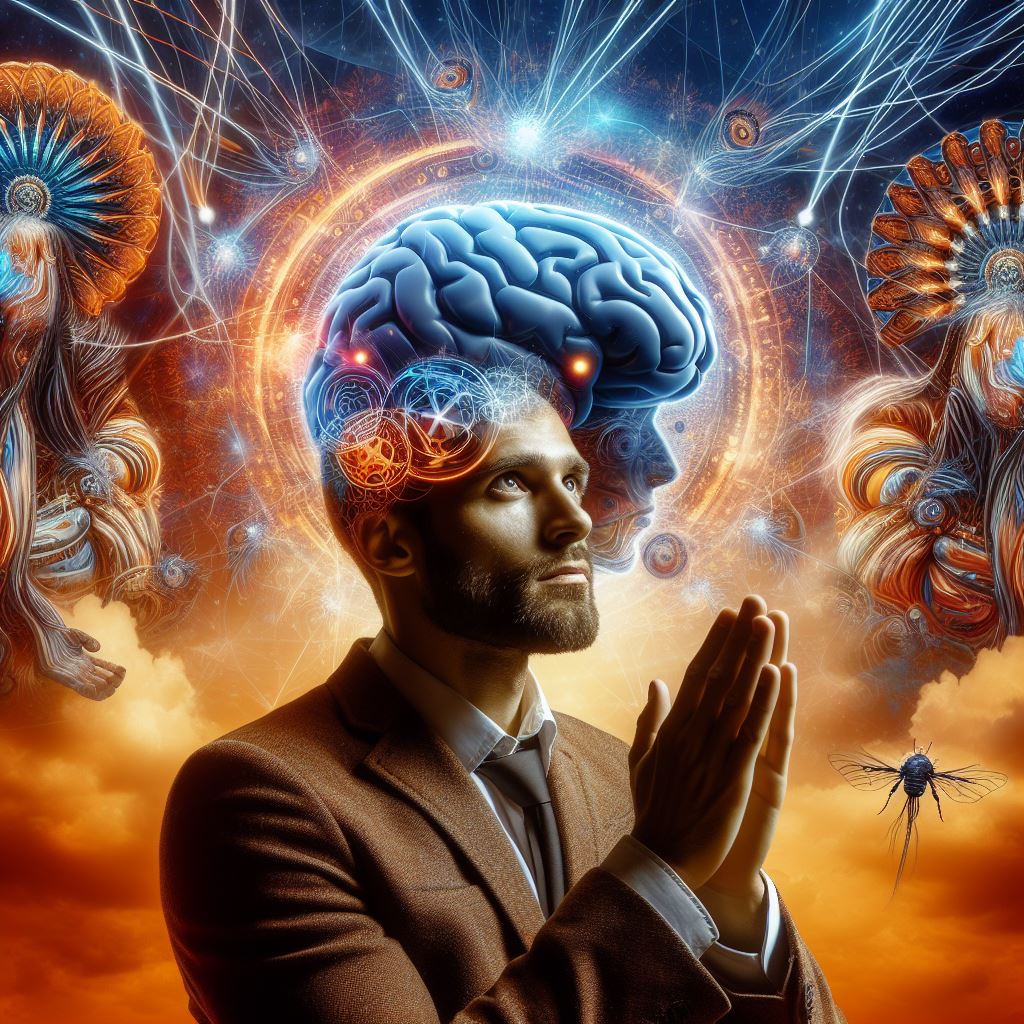





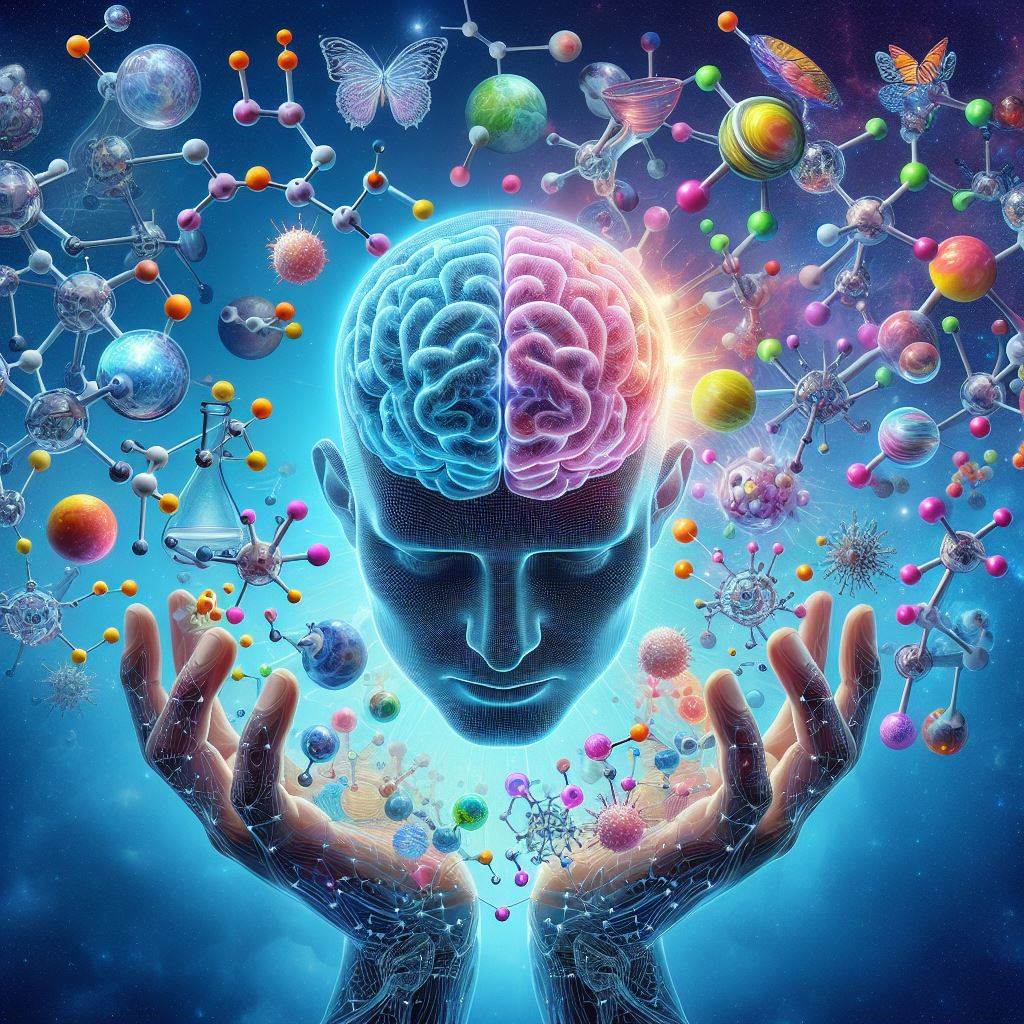




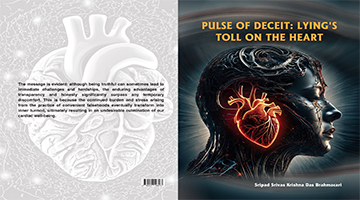

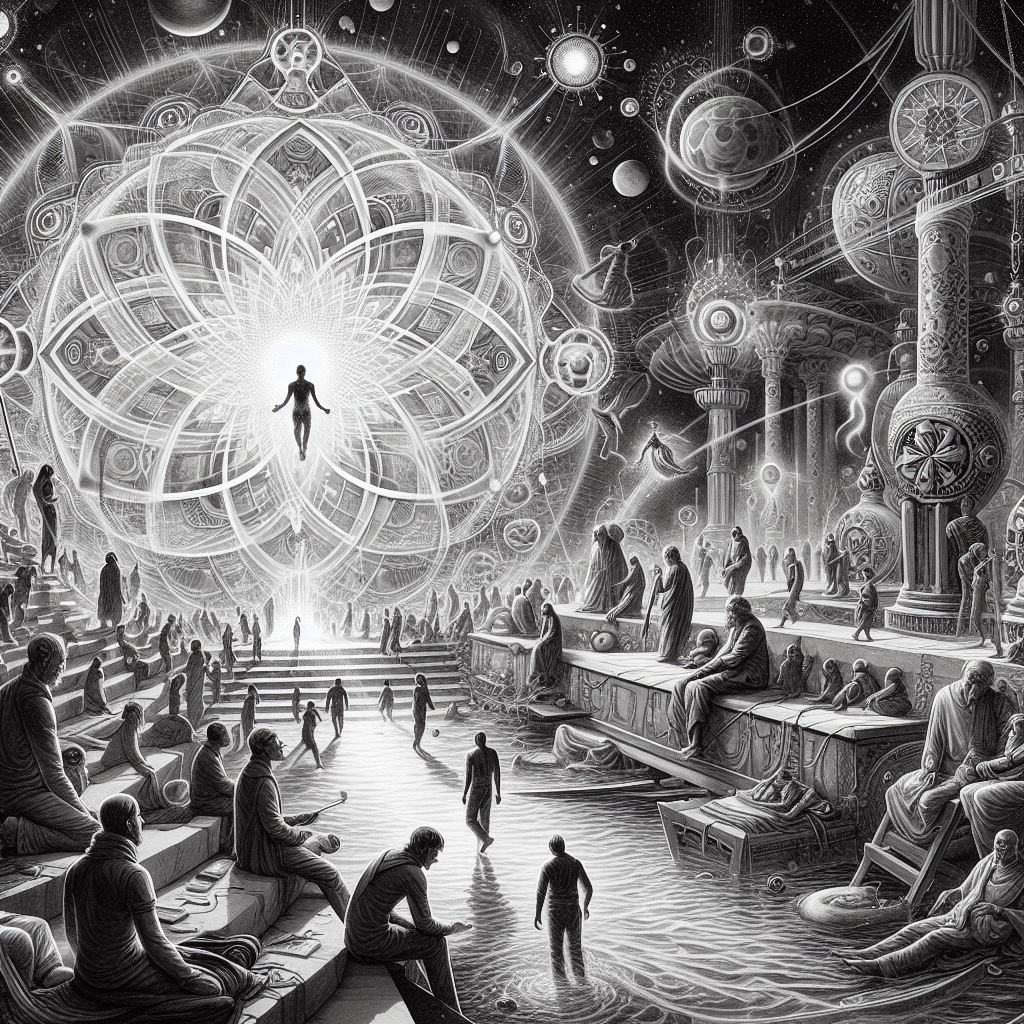
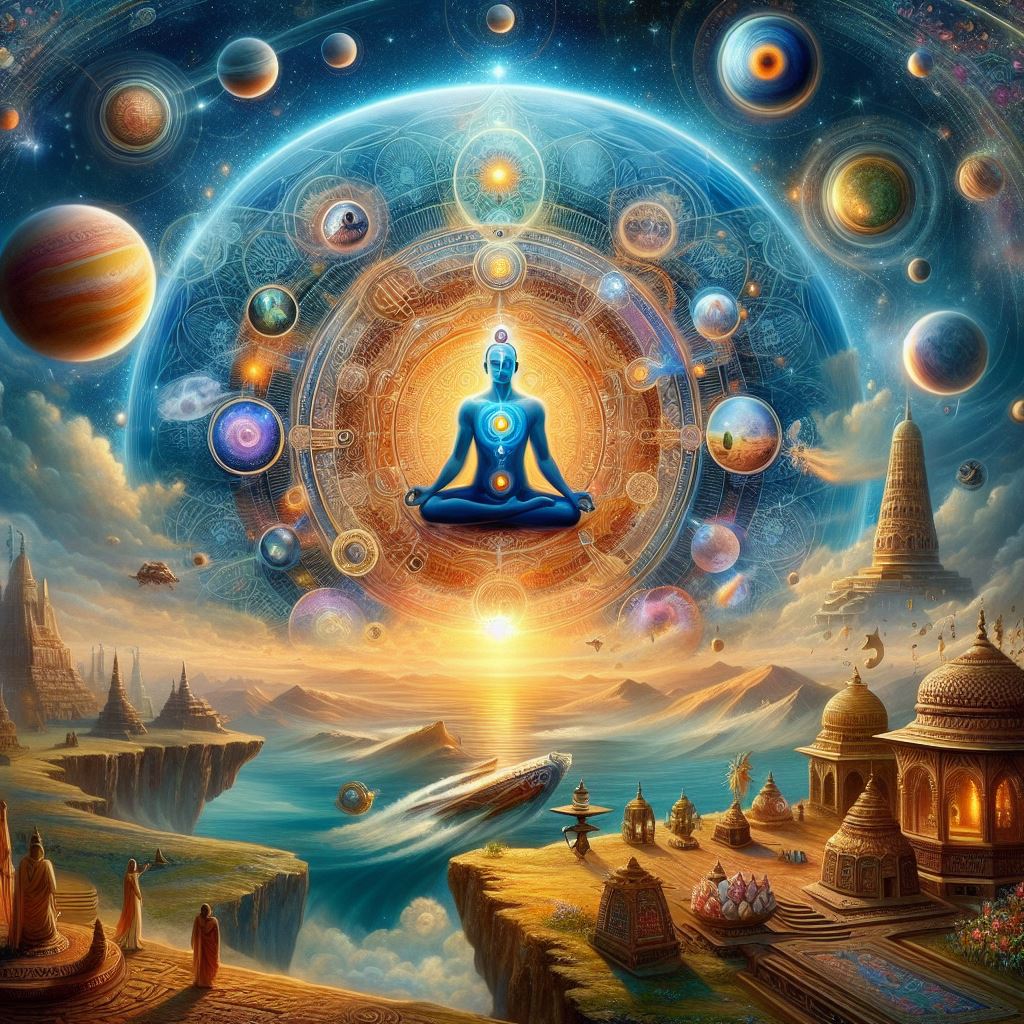
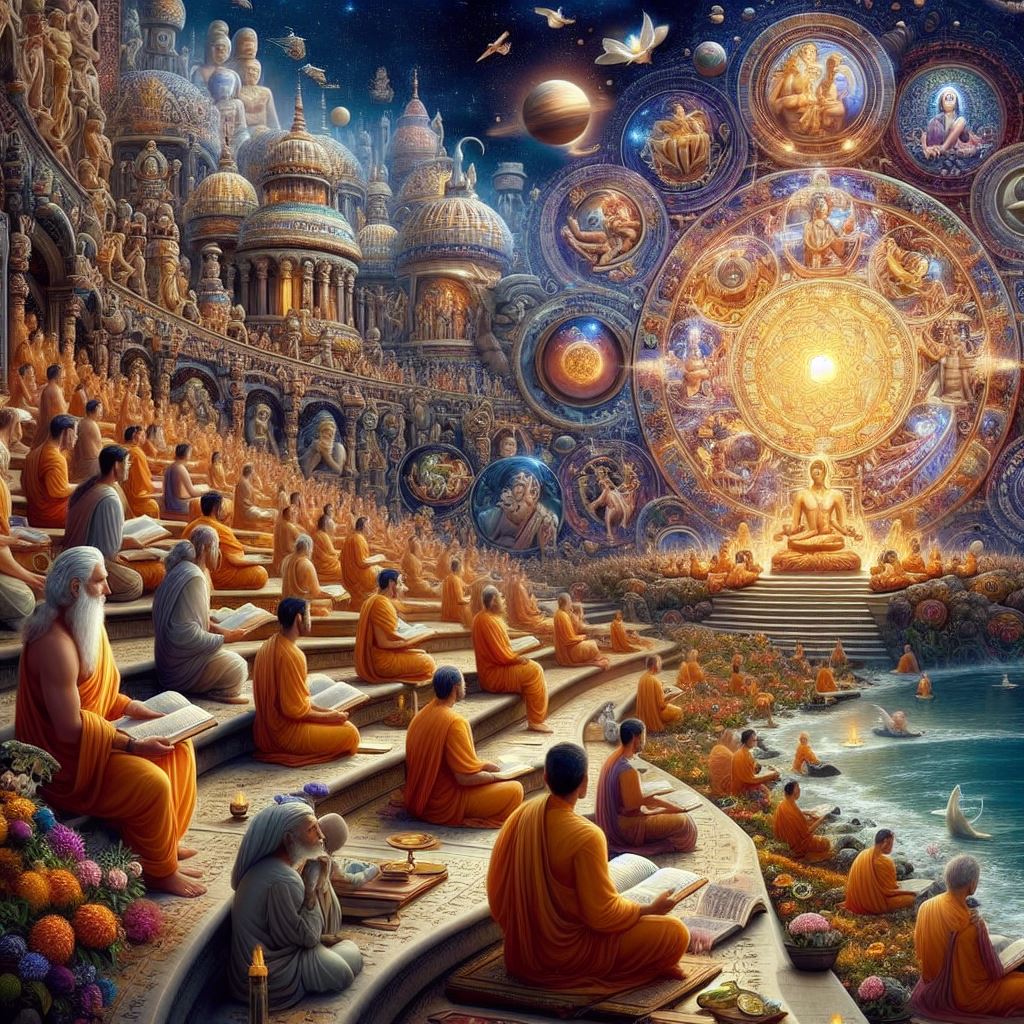


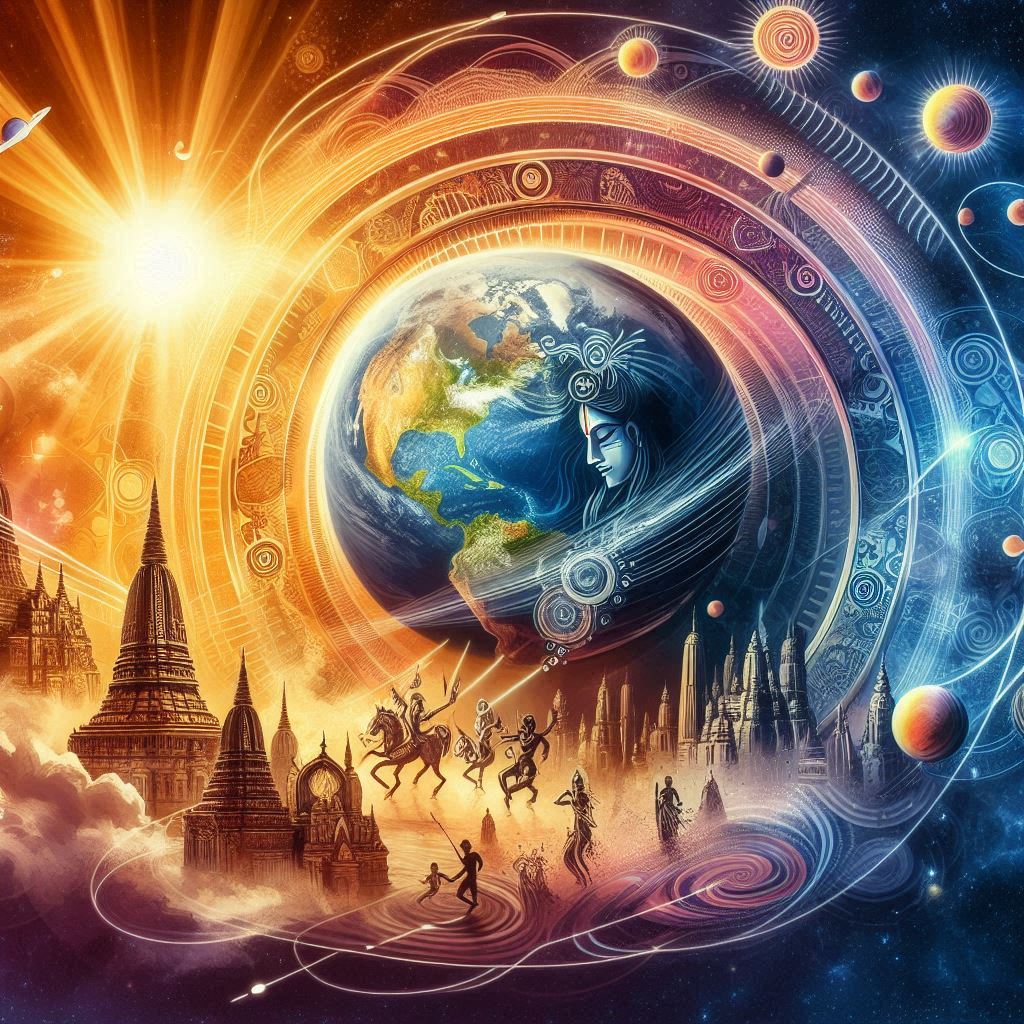
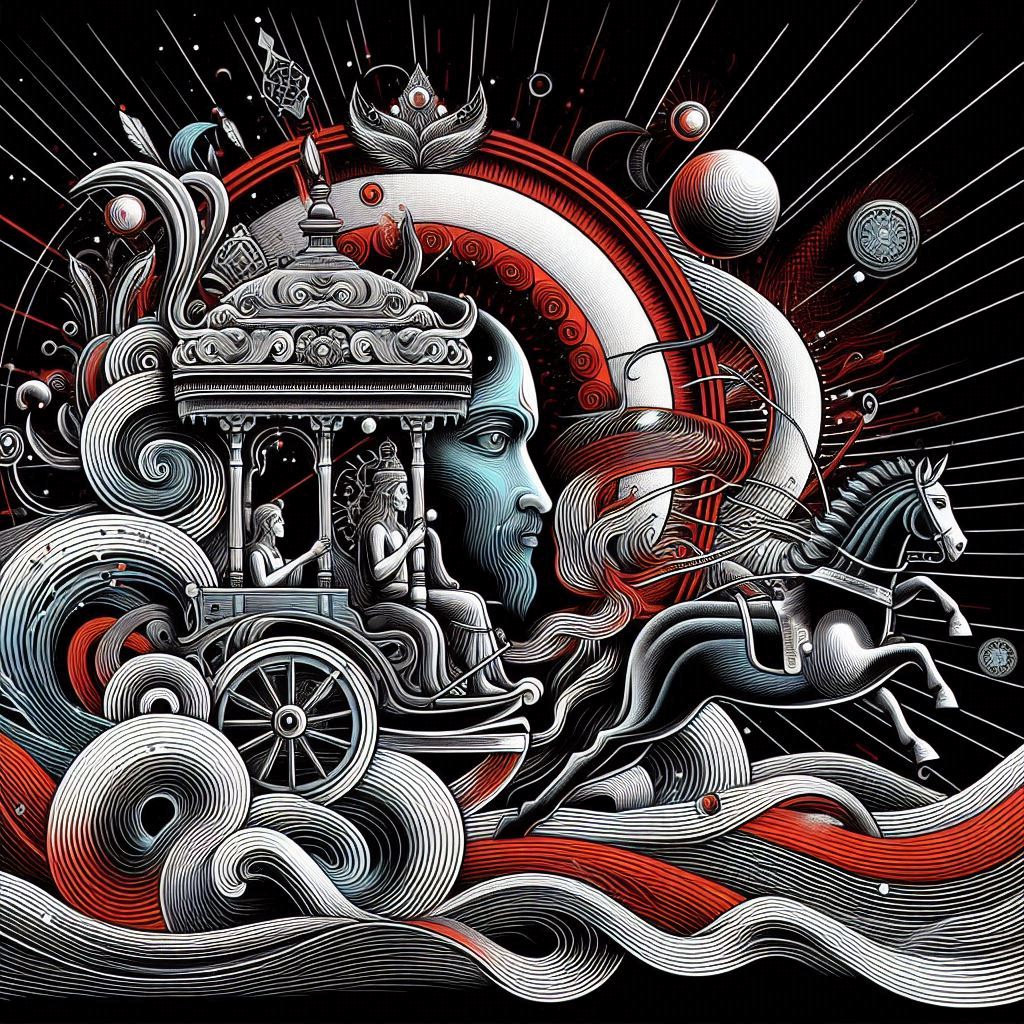
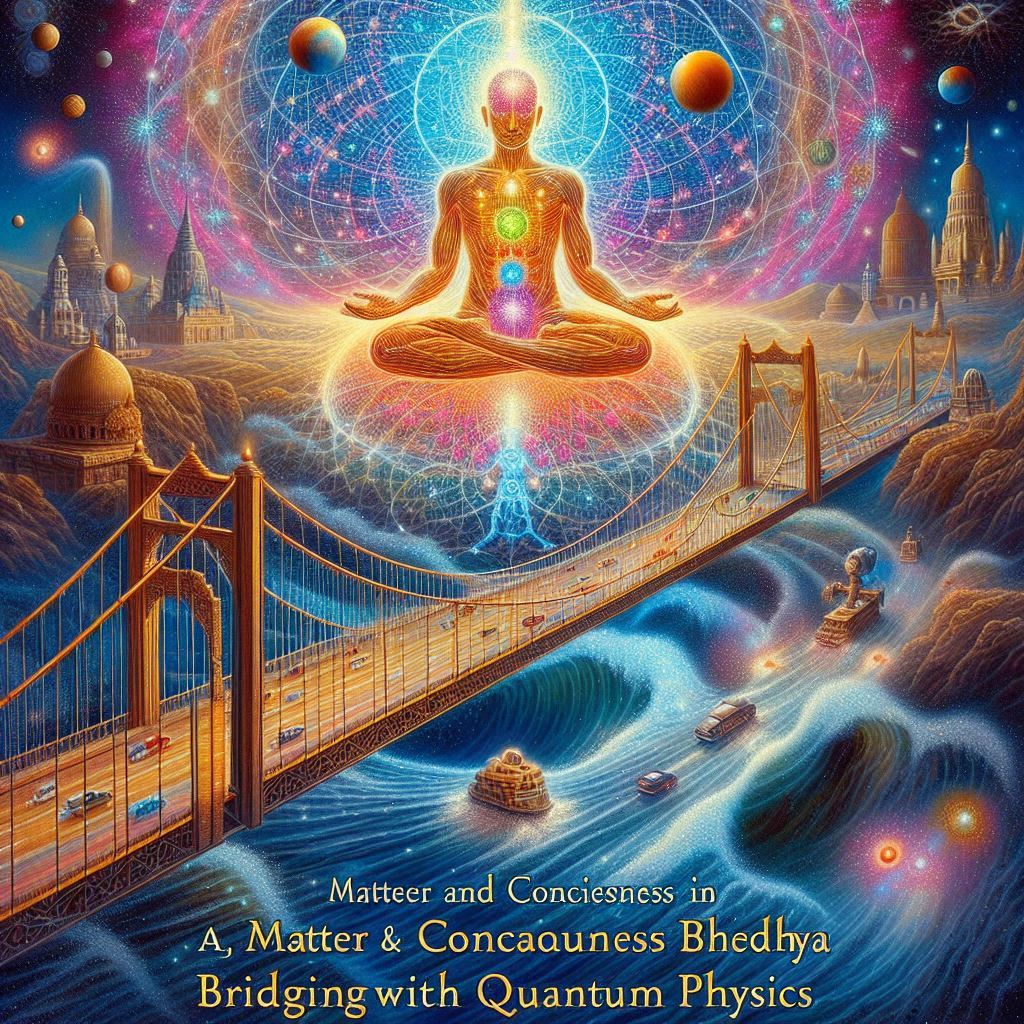
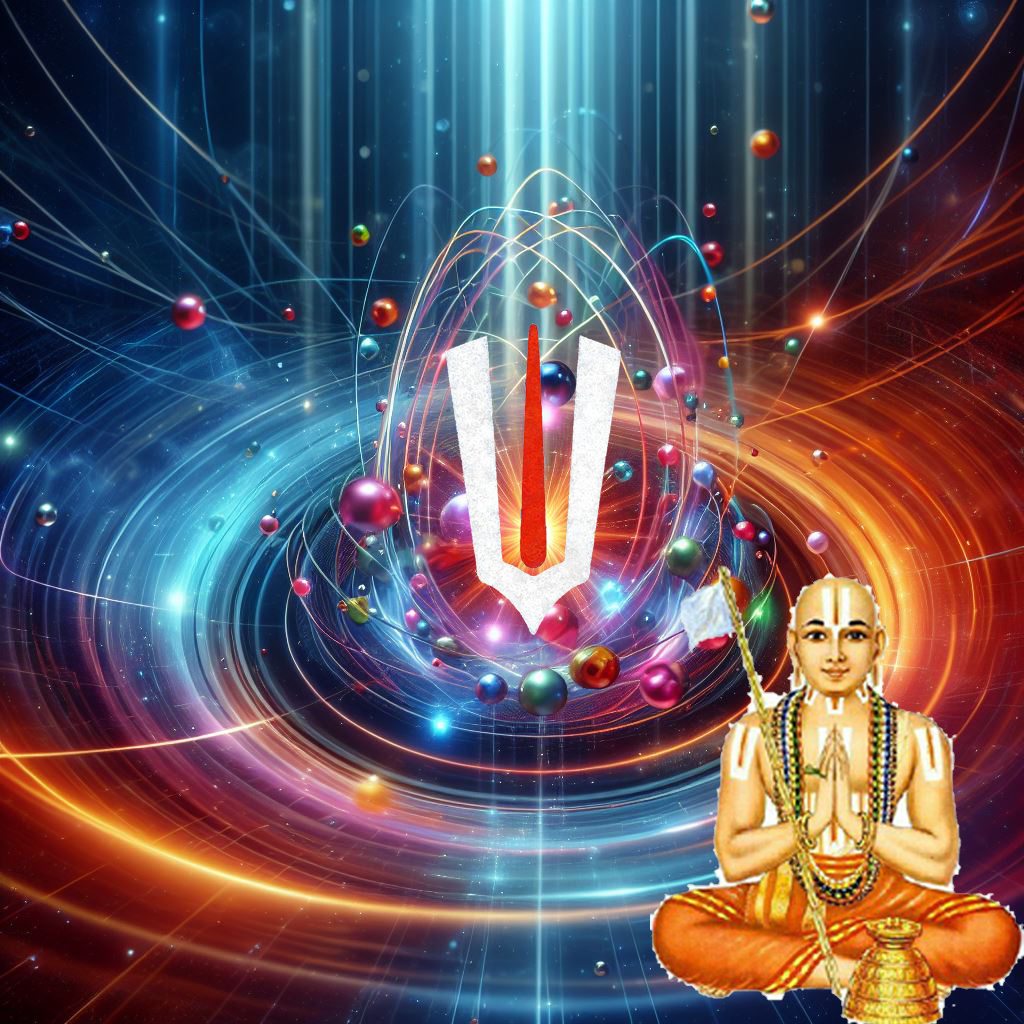
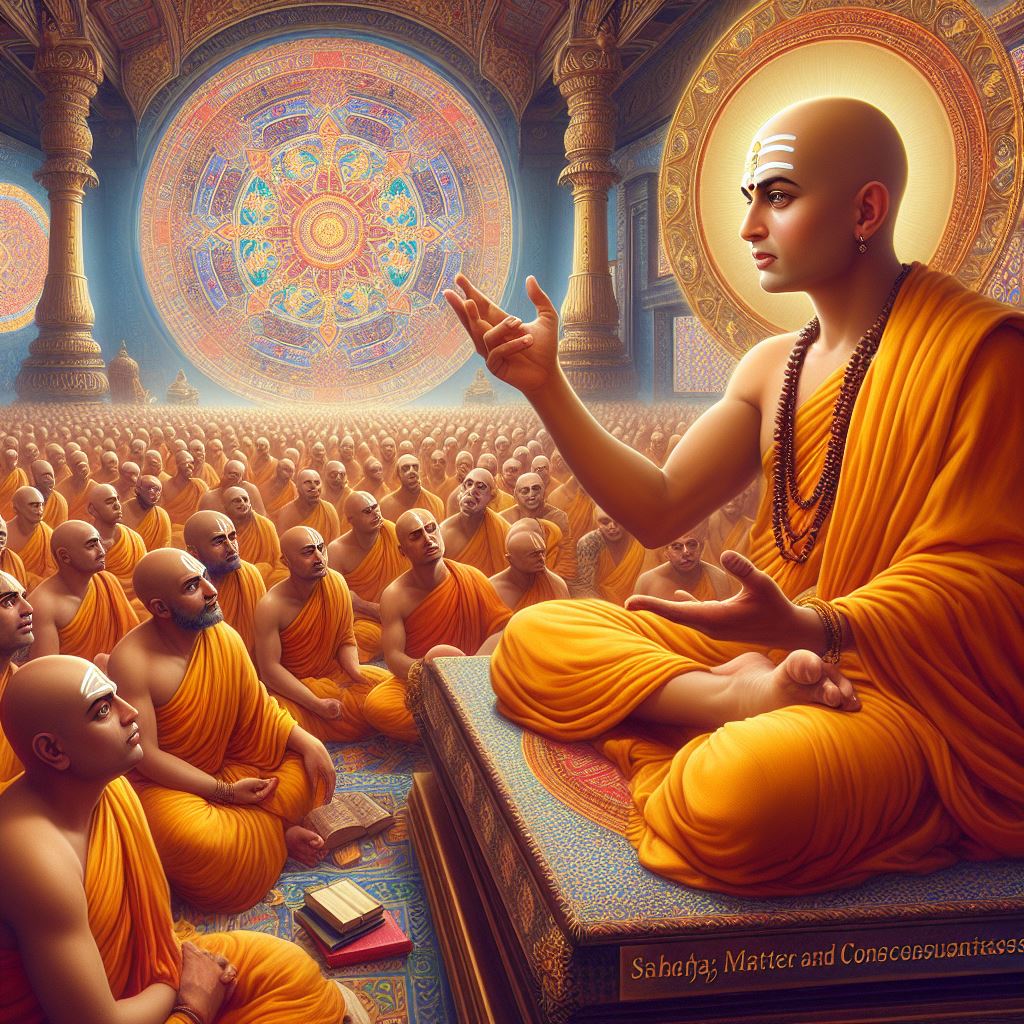
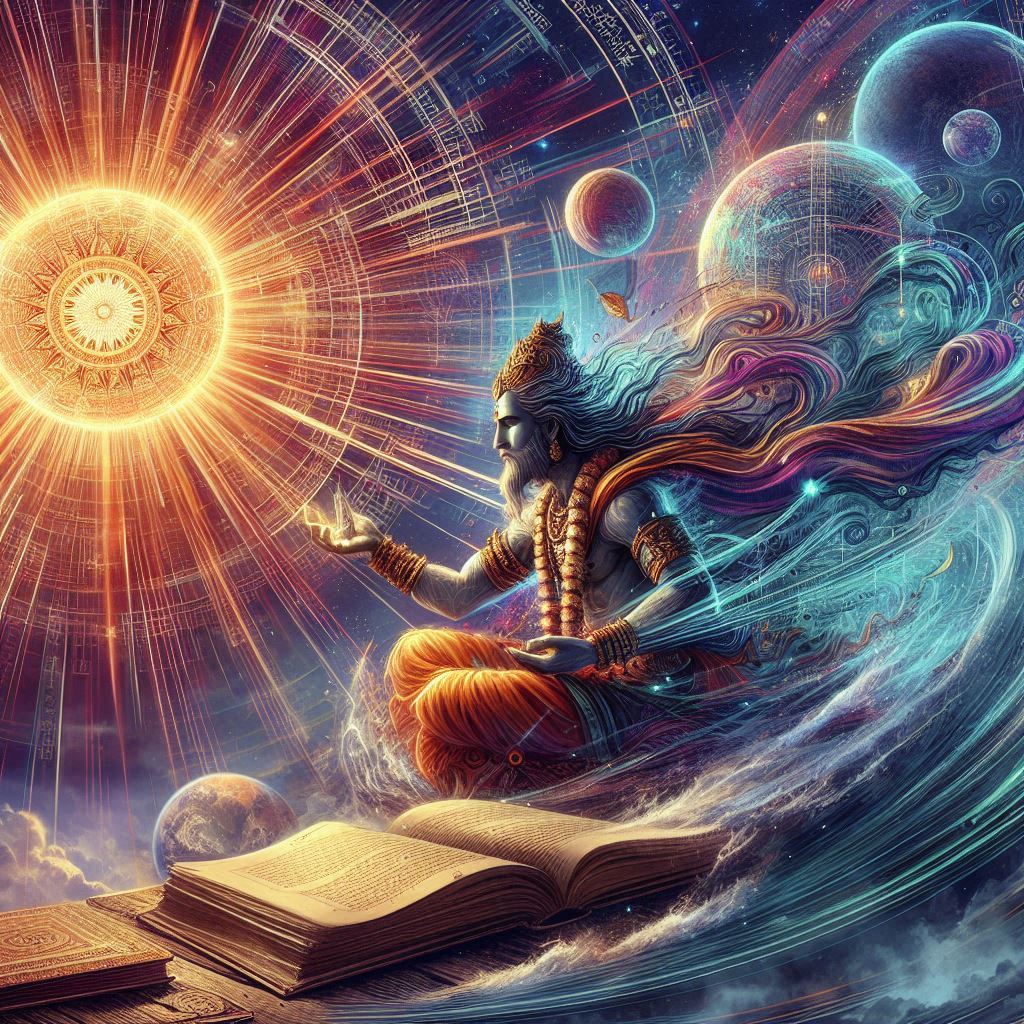
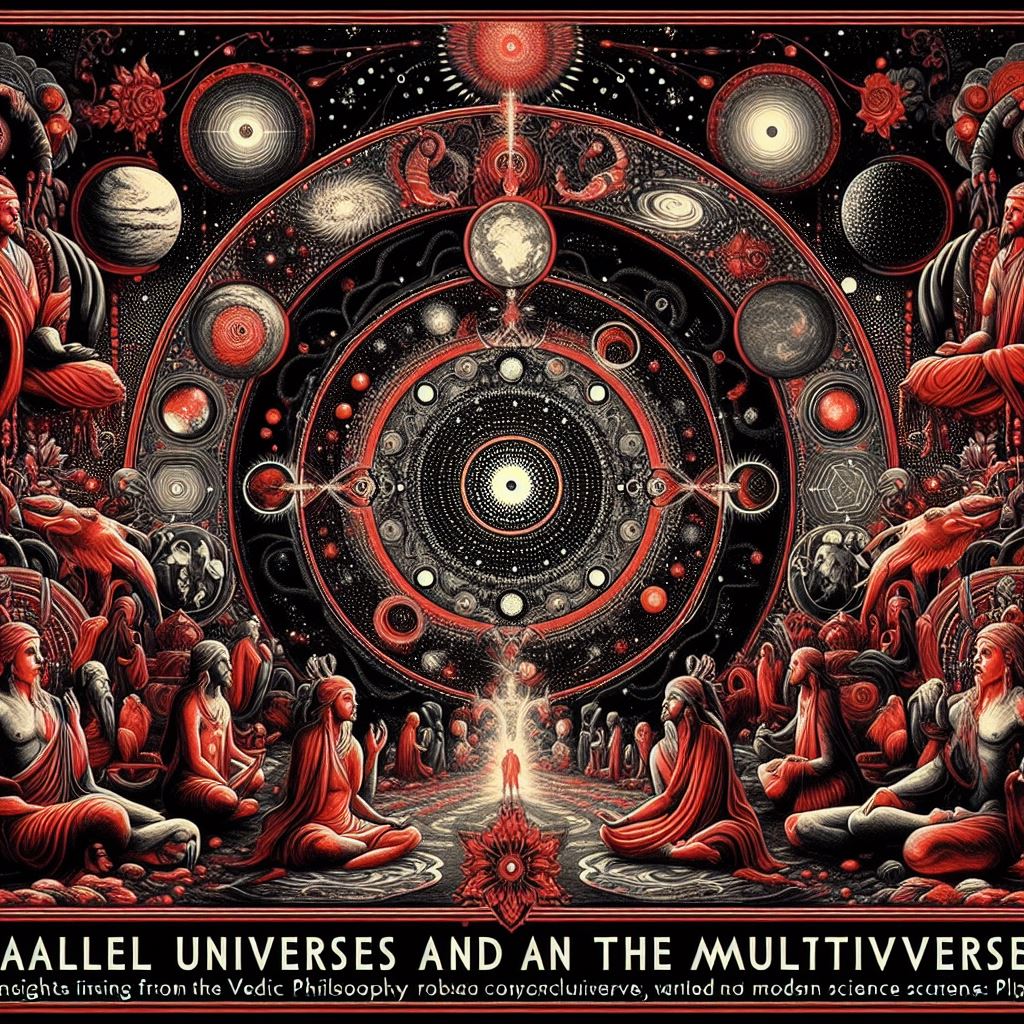
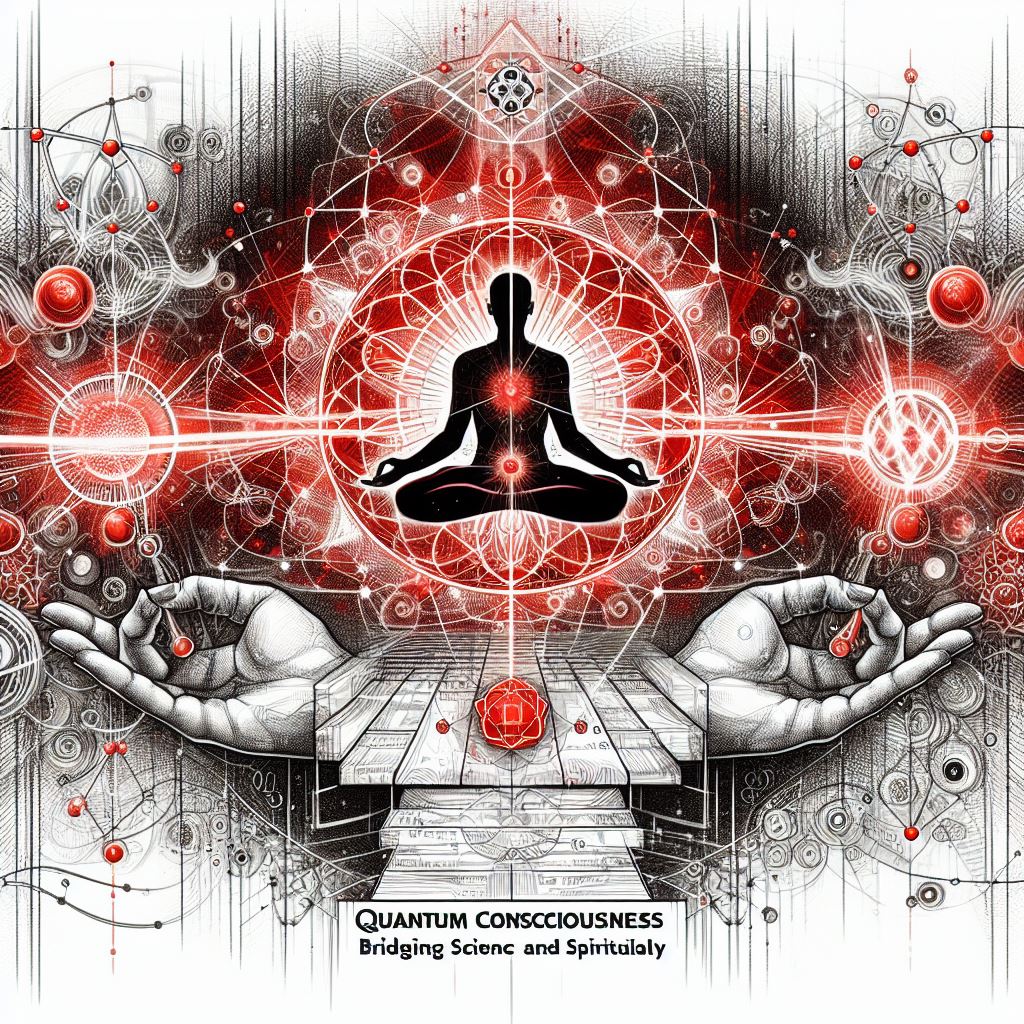
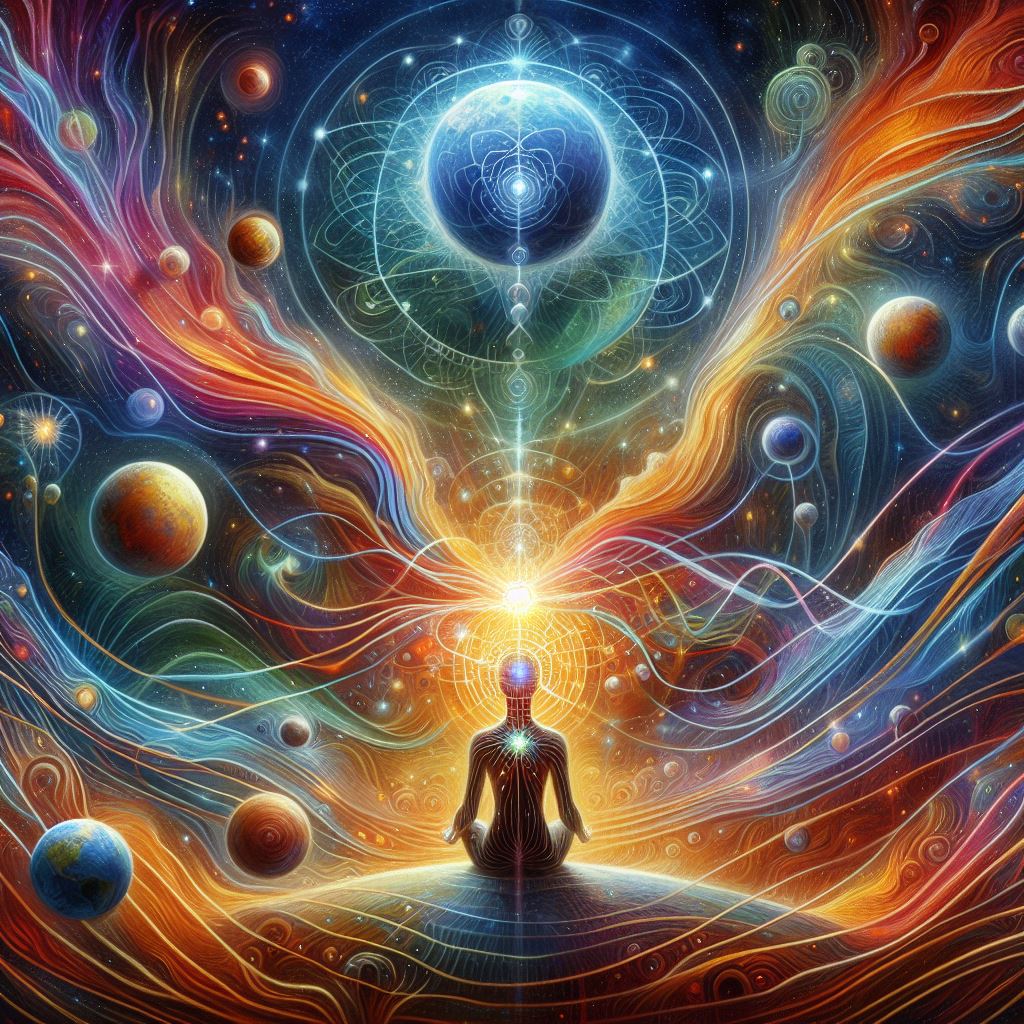

Origin of Science
Temporal Relativity in Vedic Literature: An Interdisciplinary Analysis of Time Dilation Narratives
Acharya Kaṇāda: The Ancient Sage Who Discovered the Atom
Evidence of Vedic Sanātana Hinduism as a Global Dharma
Perception of Quantum Gravity and Field Theory in the Vedas
String Theory as Mentioned in Veda
Sanskrit’s Role in Advancing AI: A Comprehensive Study
The Vedic Model of the Mind: A Contemporary Exploration
Vedic Contributions to Geometry: Unveiling the Origins of Mathematics
Matter and Consciousness in Achintya Bhedābheda: Bridging with Quantum Physics
A Comprehensive Study of Aeroplanes and Aviation in Vedic Literature
Hydrology and the Water Cycle in Vedic Scriptures
Vedic Insights on the Speed of Light